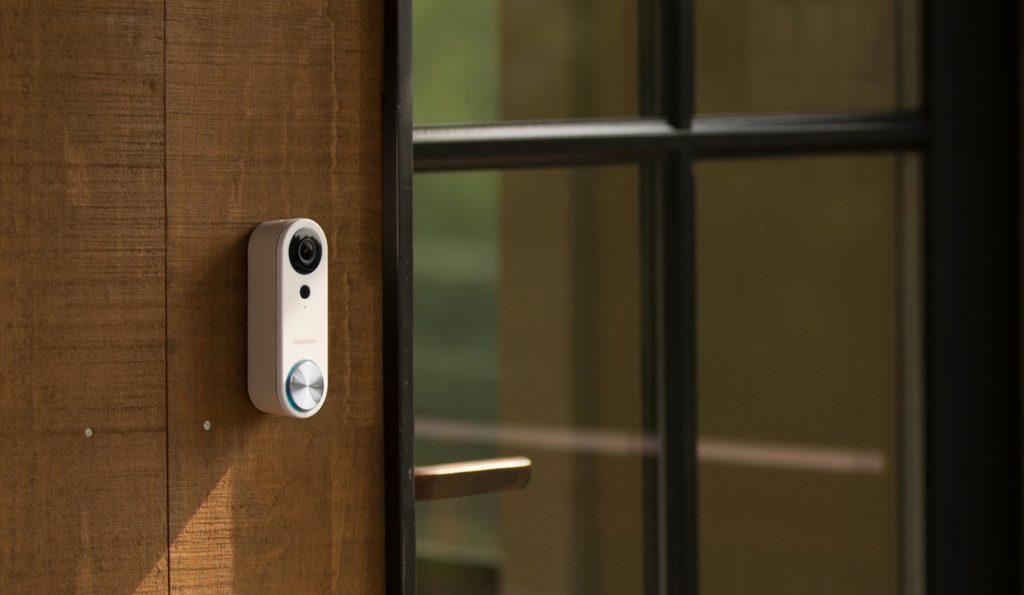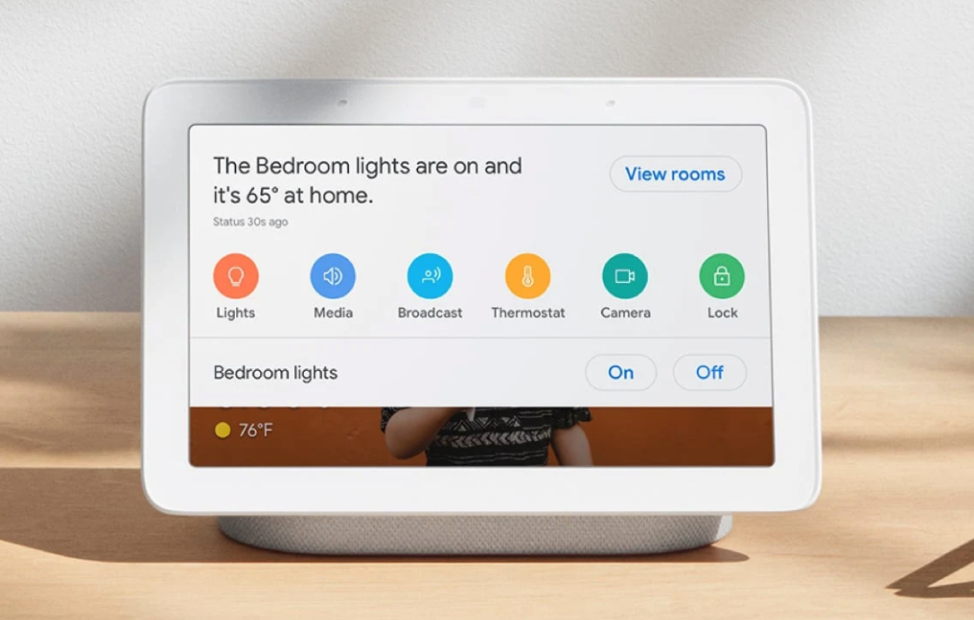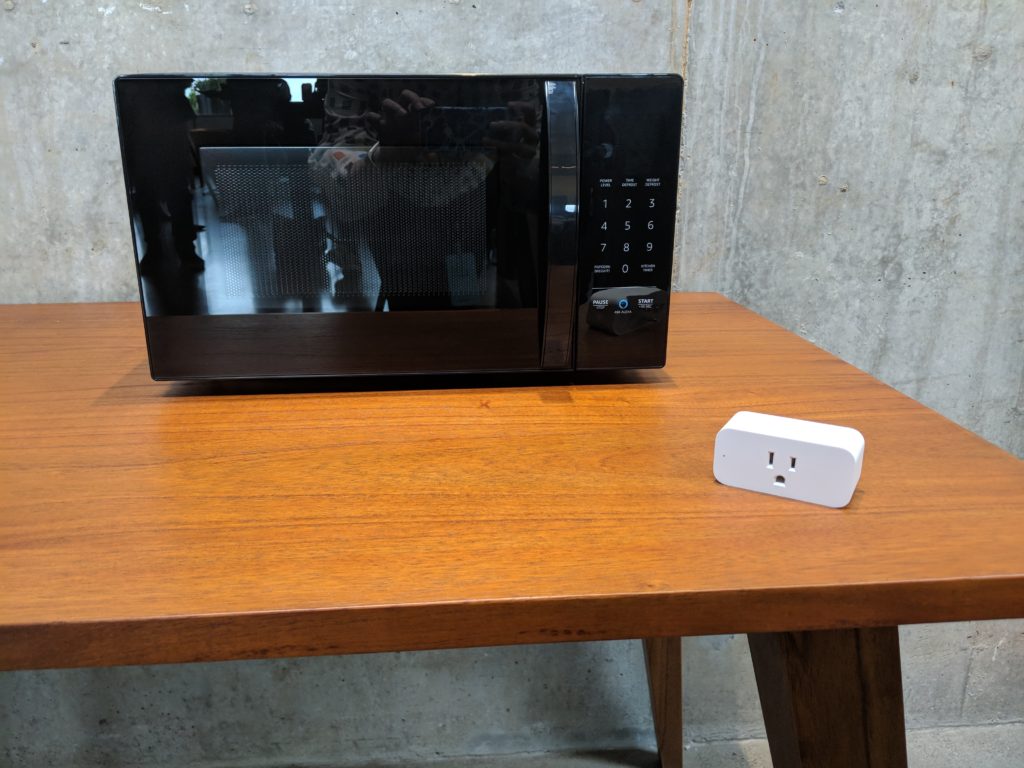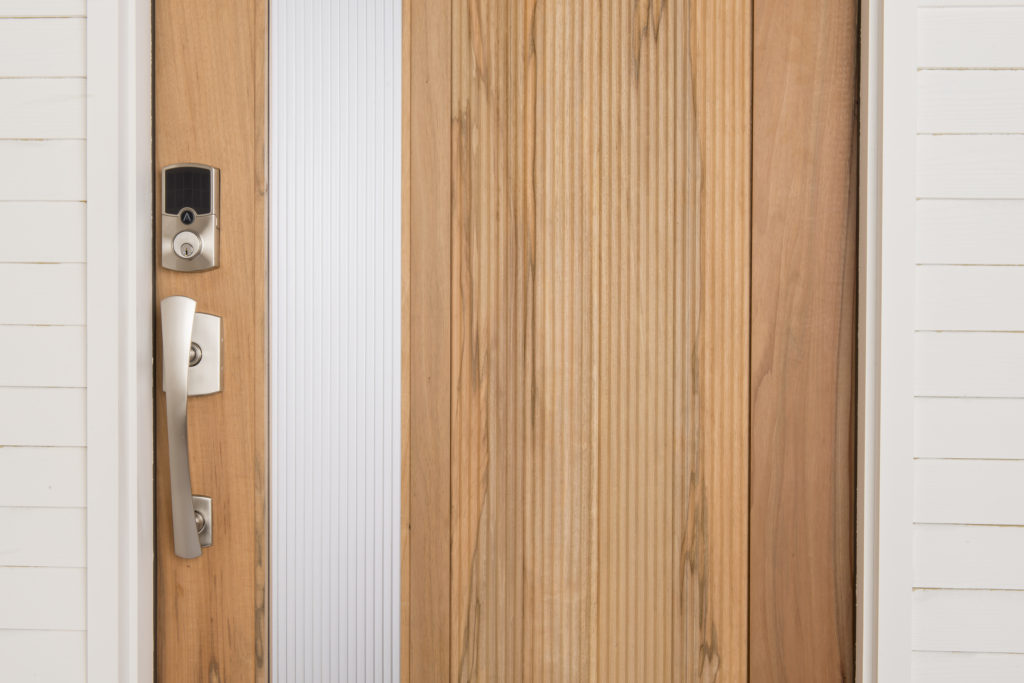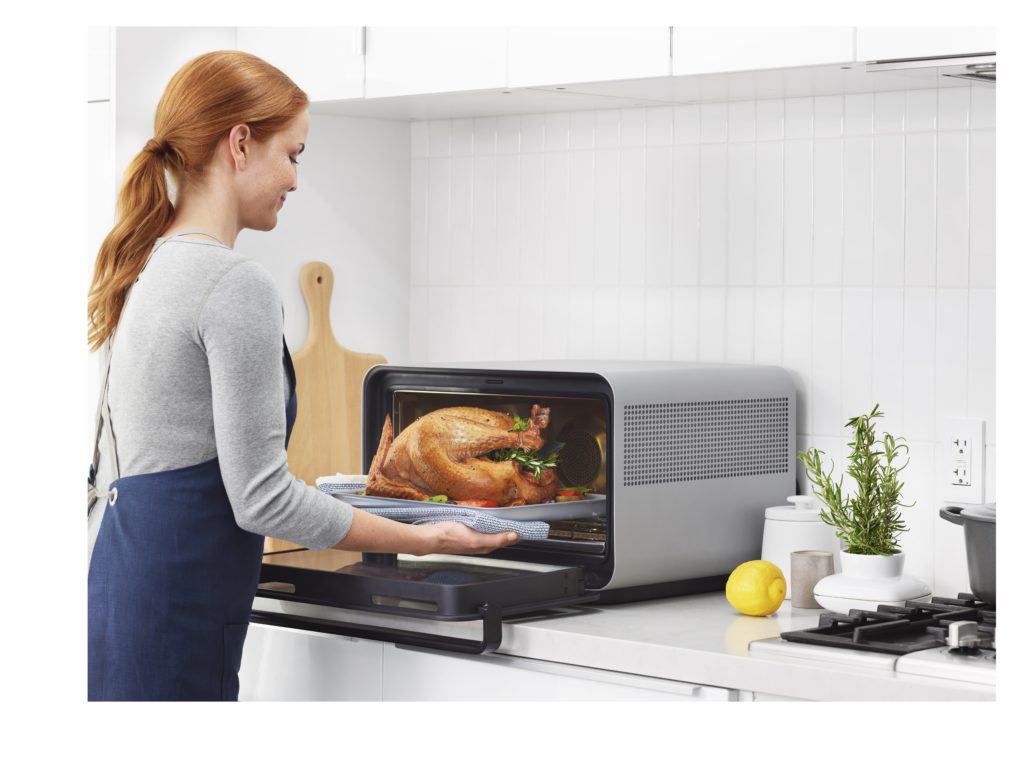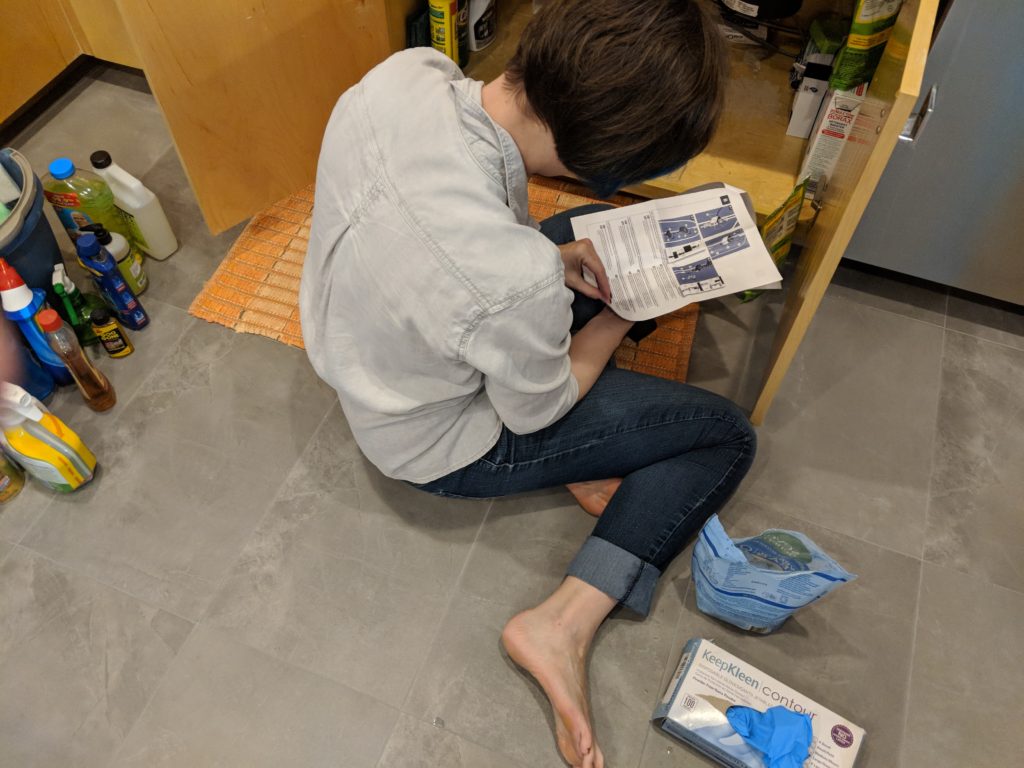This week Kevin and I start off on a heavy note discussing the things that went wrong during the Lion Air crash at the end of October relating that to the increase in sensors, software and inadequate procedures for marrying the Silicon Valley mindset with the real world. We then tackle the many, many announcements made by Amazon at its Re:Invent event, focused on the elements that matter to the internet of things. From there we discuss smaller news such as the Open Connectivity Foundation’s standards becoming an ISO standard, ISO’s new drone standard proposal and a new Google speaker. Kevin shares his thoughts on the future of digital assistants and we tell a father which connected light switches won’t require a neutral wire.
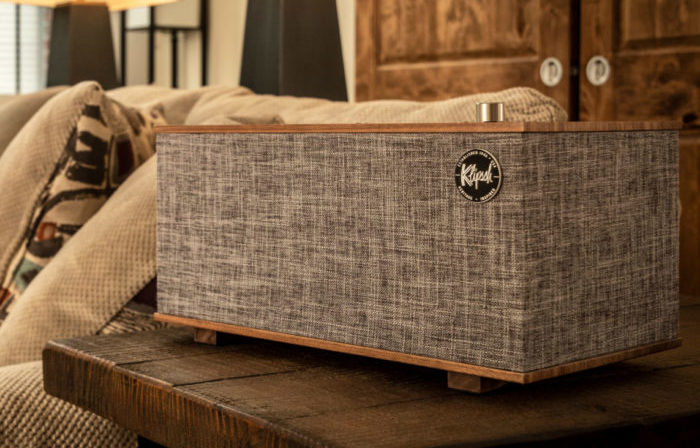
After that, I speak with Gonda Lamberink, who is a senior business development manager at UL, about the cybersecurity standards UL is working on. We talk about best practices, why UL charges for its standard and how many UL certifications an IoT company should expect to get. We also discuss the challenges in preparing a standard for the software world, which changes so rapidly. It’s a good interview.
Hosts: Stacey Higginbotham and Kevin Tofel
Guests: Gonda Lamberink, UL
Sponsor: Afero
- Sensors can lie, so how do we adapt?
- Amazon’s new IoT services take aim at the enterprise and industrial IoT
- Kevin is waiting for Jarvis
- How will UL adapt it’s standards work for software?
- What makes a device secure in UL’s eyes?
Podcast: Play in new window | Download | Embed
Subscribe: RSS


